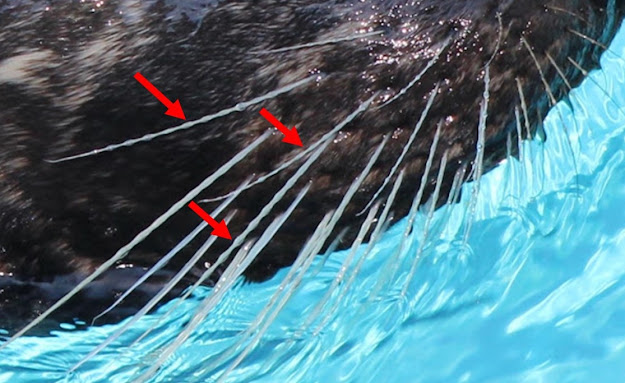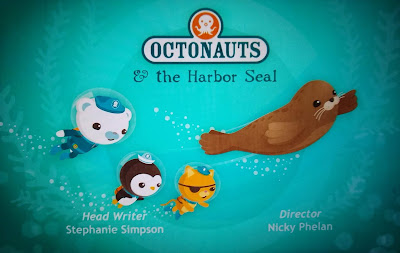Amazing Seal Spotting Cruise With Project Oceanology

On Saturday the 27th of March I went on a seal spotting cruise with the researchers at Project Oceanology. Project Oceanology is a " non-profit education and research facility dedicated to nurturing student and public interest and enthusiasm for marine sciences." You can read more about their seal watching cruises at the following link: https://www.oceanology.org/public-cruises . I really enjoyed this experience! I felt safe the whole time and saw many seals and other wildlife in the Long Island Sound. The crew members were very helpful, always kept us informed on what the spotting plan was, answered whatever questions we had, and pointed out wildlife that we would not have spotted otherwise. The boat we were on, R/V (Research Vessel) Enviro-Lab II. All images in this post were taken by me. For those of you who are not familiar with New England, the collage below shows the location where the seal spotting cruise took place, and where we saw the seals (the red circ



